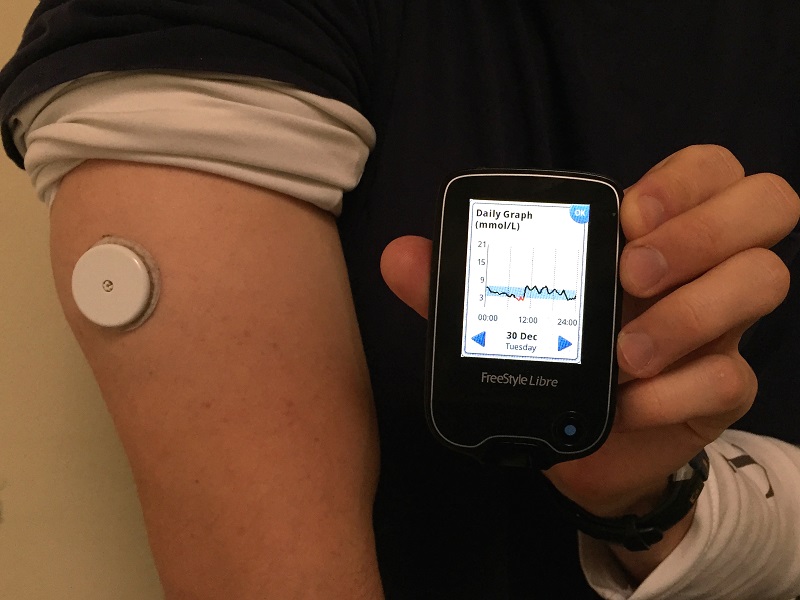Diabetes is unrivaled amongst modern health issues. The World Health Organisation reports that there are 422 million adults living with diabetes in 2017, and the number is expected to rise to 640 million by 2040. $673 billion was spent on diabetes in 2015, corresponding to 12% of all global healthcare expenditure, 90% of which is associated with managing the side effects and complications from diabetes.
However, despite the daunting size of this global epidemic, there are many approaches towards addressing parts of the problem. Whether around taking steps to improve the ability of overall day to day blood sugar management, managing and preventing complications or other side effects, or simply improving the general education and awareness about diabetes, organisations around the world are presented with both an ethical and commercial opportunity to be a part of it.
The commercial landscape in diabetes management has shifted significantly in the last decade. Traditional markets around self monitoring of blood glucose via test strips have been in decline, with all of the largest players (“the big four”) seeking means to divest or find alternate strategies. Most recently Johnson & Johnson sold their LifeScan division to private equity firm Platinum Equity for $2.1bn. This followed the $1.1bn sale of Bayer’s Diabetes to Panasonic, forming new company Ascensia Diabetes Care. Roche considered sale, but instead focused on expansion towards digital health, including the acquisition of diabetes management app MySugr for ~$75m in June 2017. Abbott have invested strongly in continuous glucose monitoring (CGM), which they call “Flash” glucose monitoring. In the process, they have turned their diabetes business around from a 6% YOY decline from 2011 to 2014 to double digit growth since the first CE approval of their FreeStyle Libre product in September 2014.
Abbott join Medtronic and Dexcom as the major companies offering CGM solutions. This typically involves the deployment of a small device worn as a skin patch with a microneedle for measuring glucose in interstitial fluid. With significant growth over the last decade, and increasingly sophisticated features being added relatively quickly, these CGM players are overtaking previous leaders in terms diabetes management revenue. Whilst they still often rely on test strips for calibration, CGM devices serve a vocal, growing group of diabetics that demand better means for managing their condition. With these skin patches to gain a better understanding of blood sugar levels over time, the next step is to link this data to increasingly automated insulin delivery systems. Early steps towards these so-called “closed loop” systems have already been taken, offering a glimpse of the systems that diabetics can expect in the future.
These opportunities are being enabled by electronic skin patches, using miniaturized, low power electronics within wearable devices. For more information the IDTechEx report on “Electronic Skin Patches” covers the technology, markets and players developing all types of electronic skin patches, including a significant chapter covering the entire diabetes management landscape.

